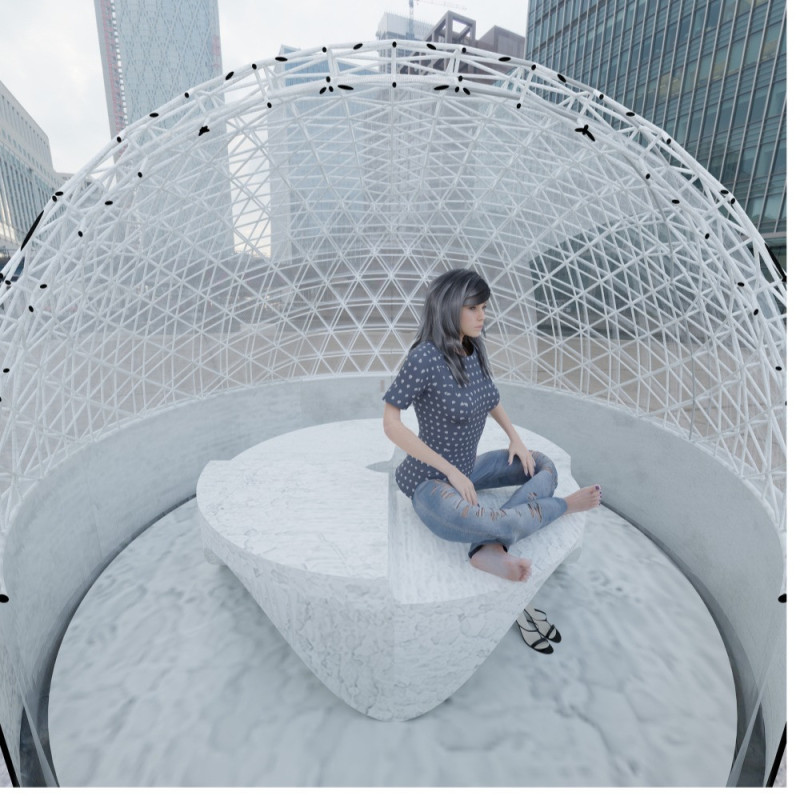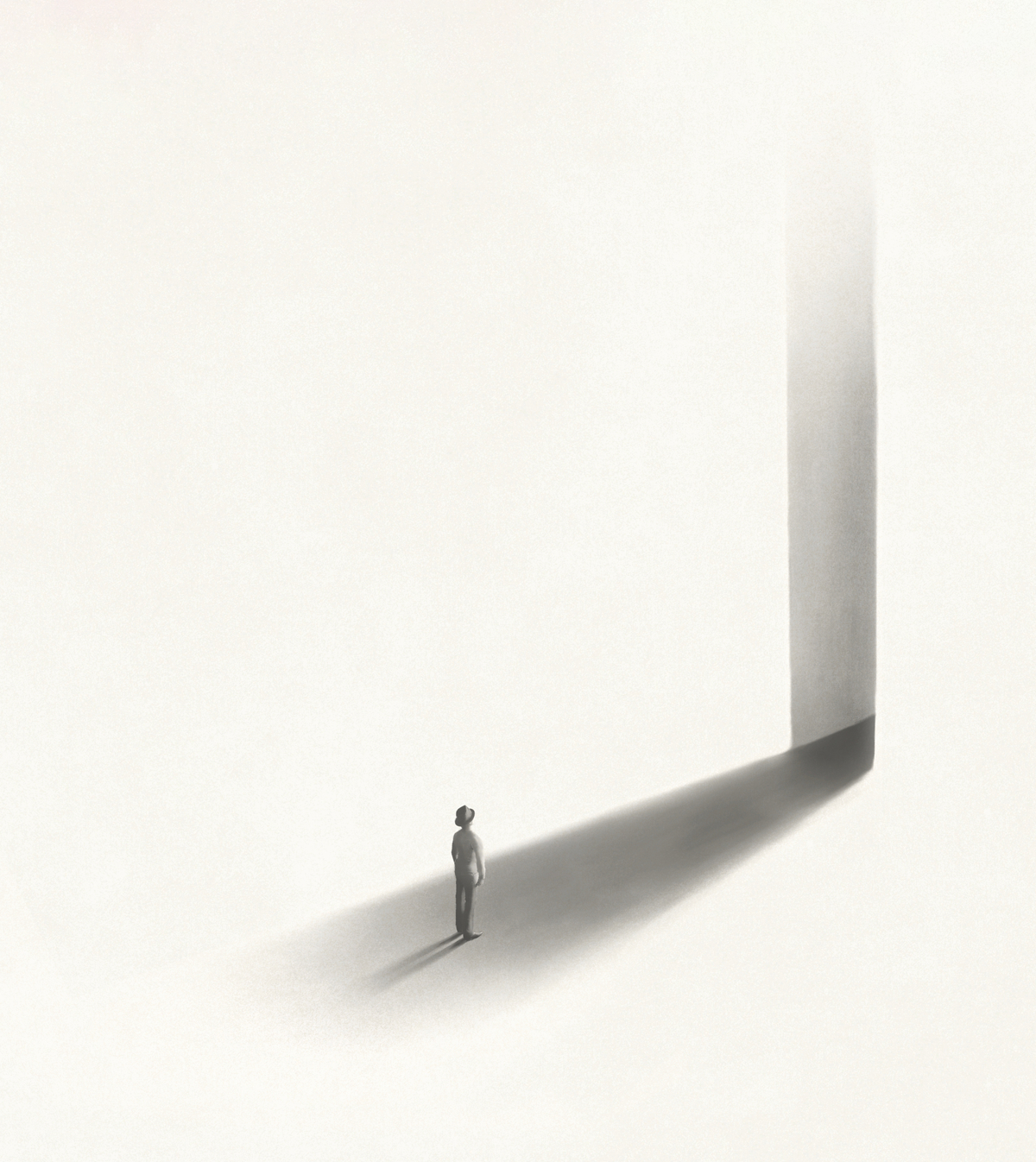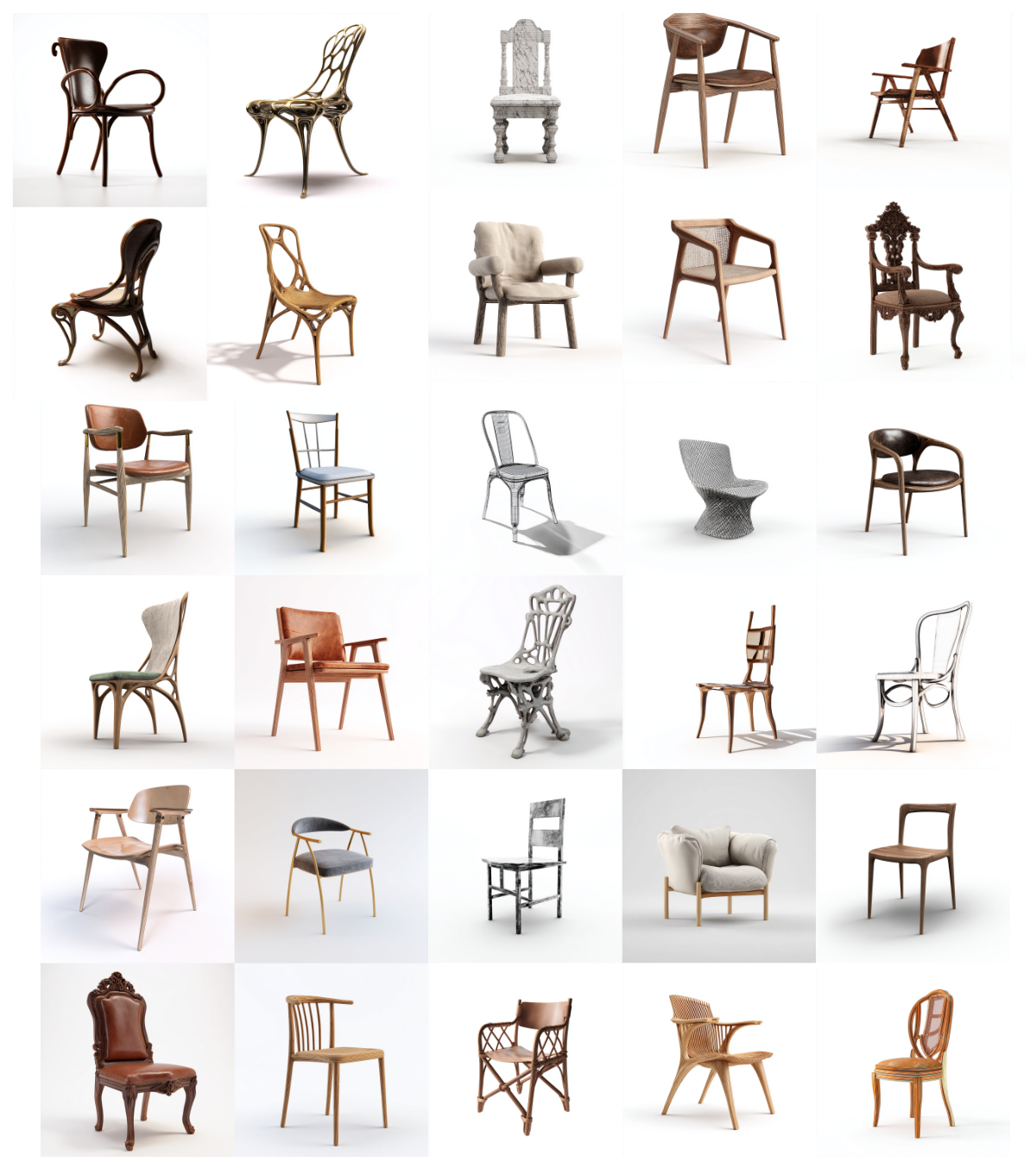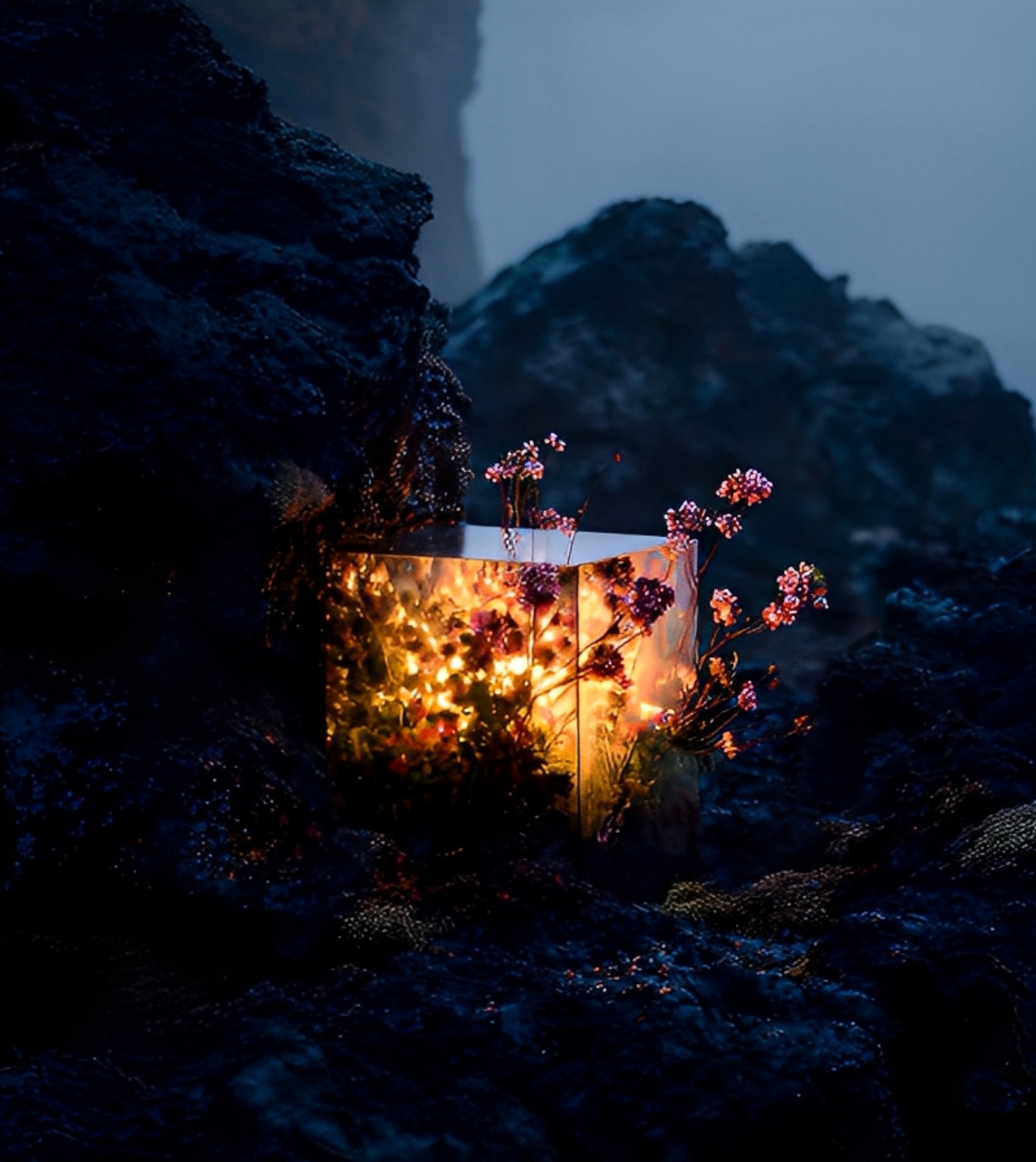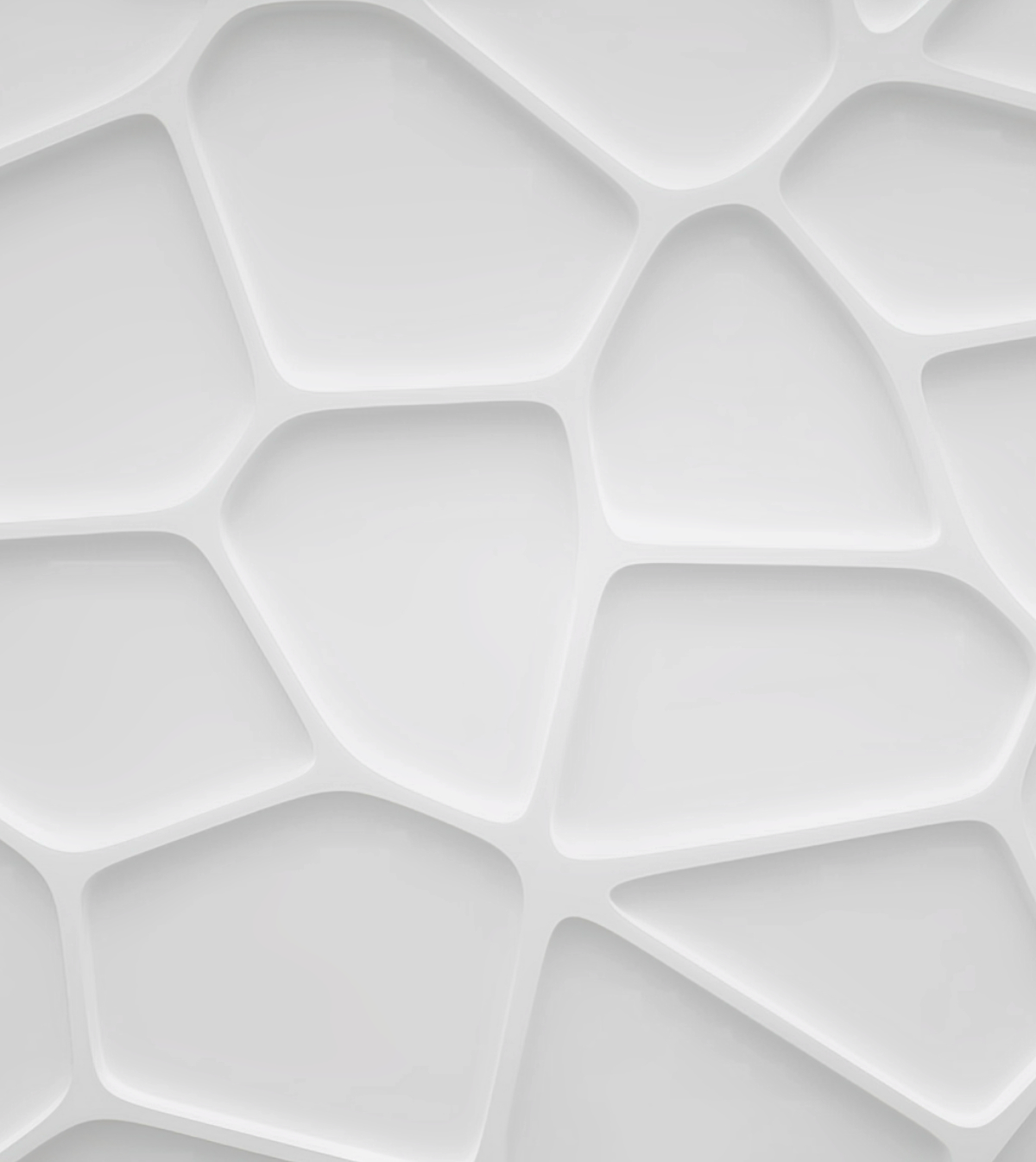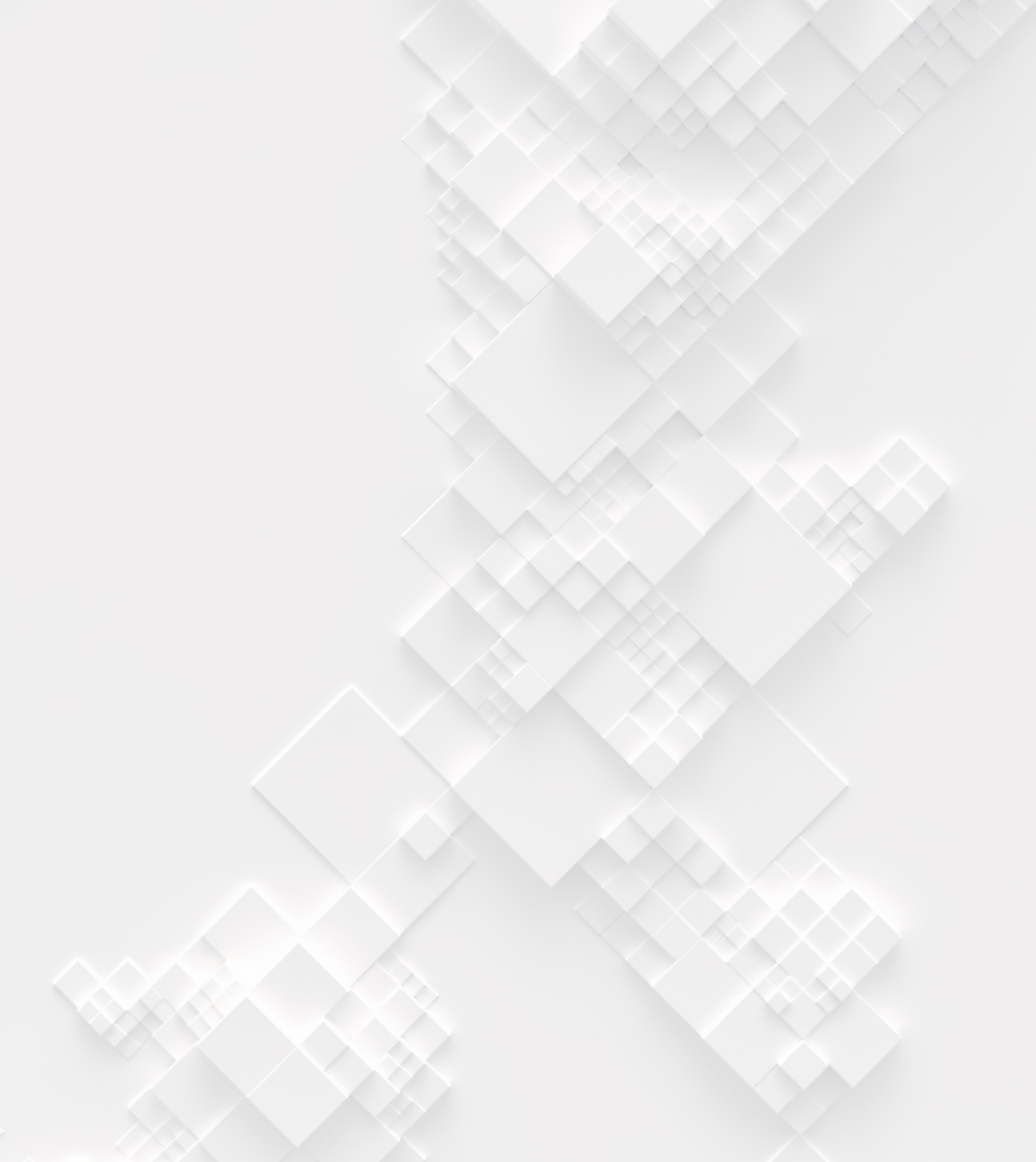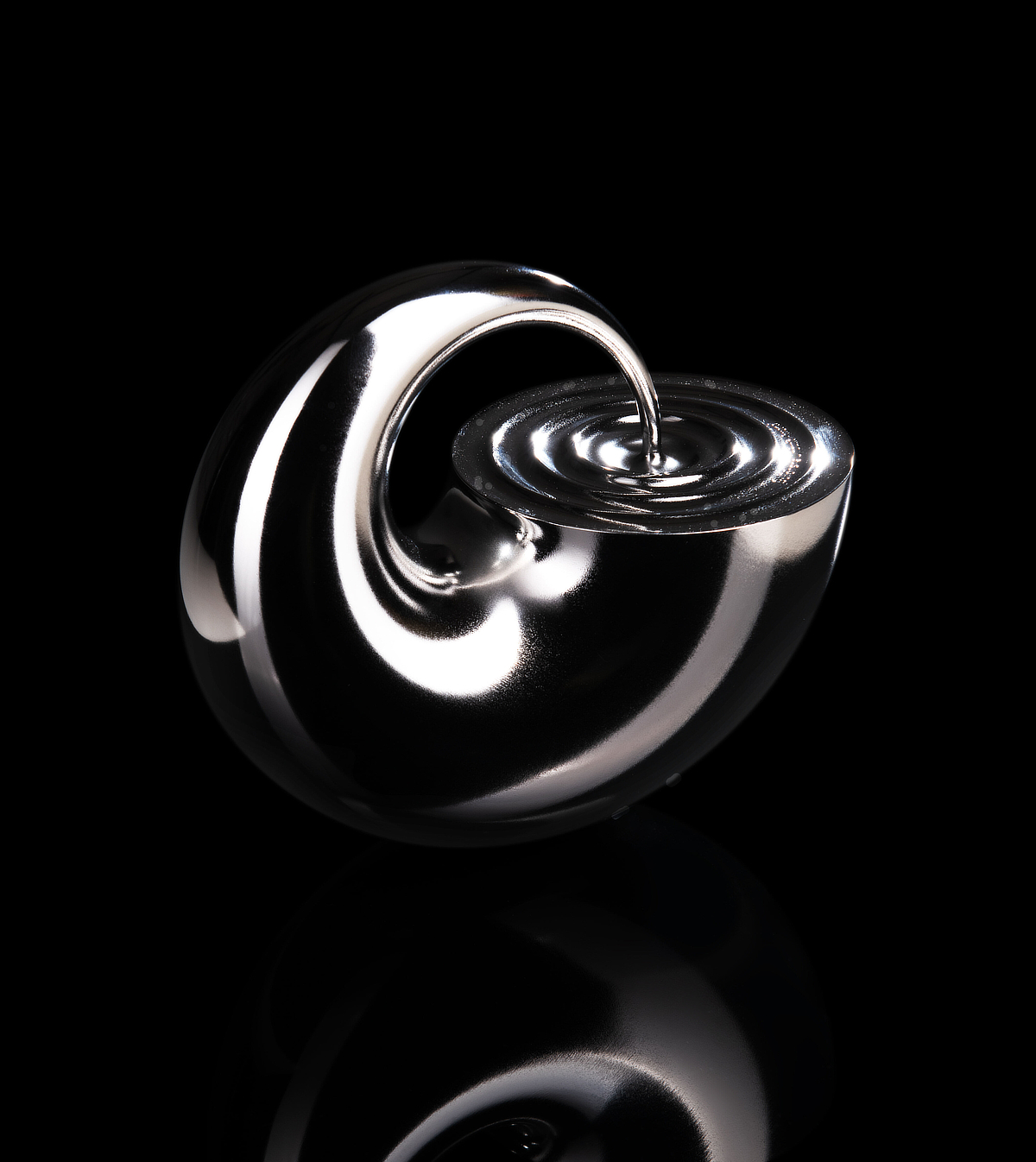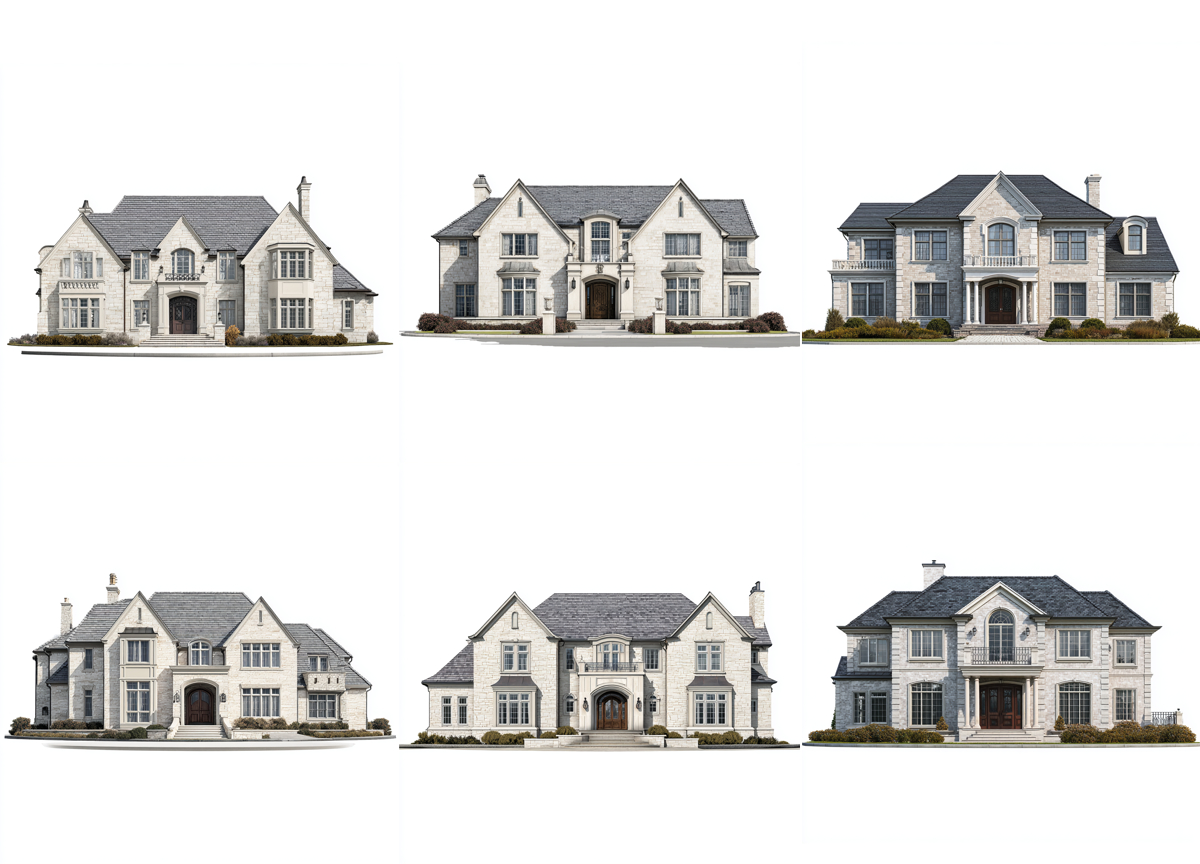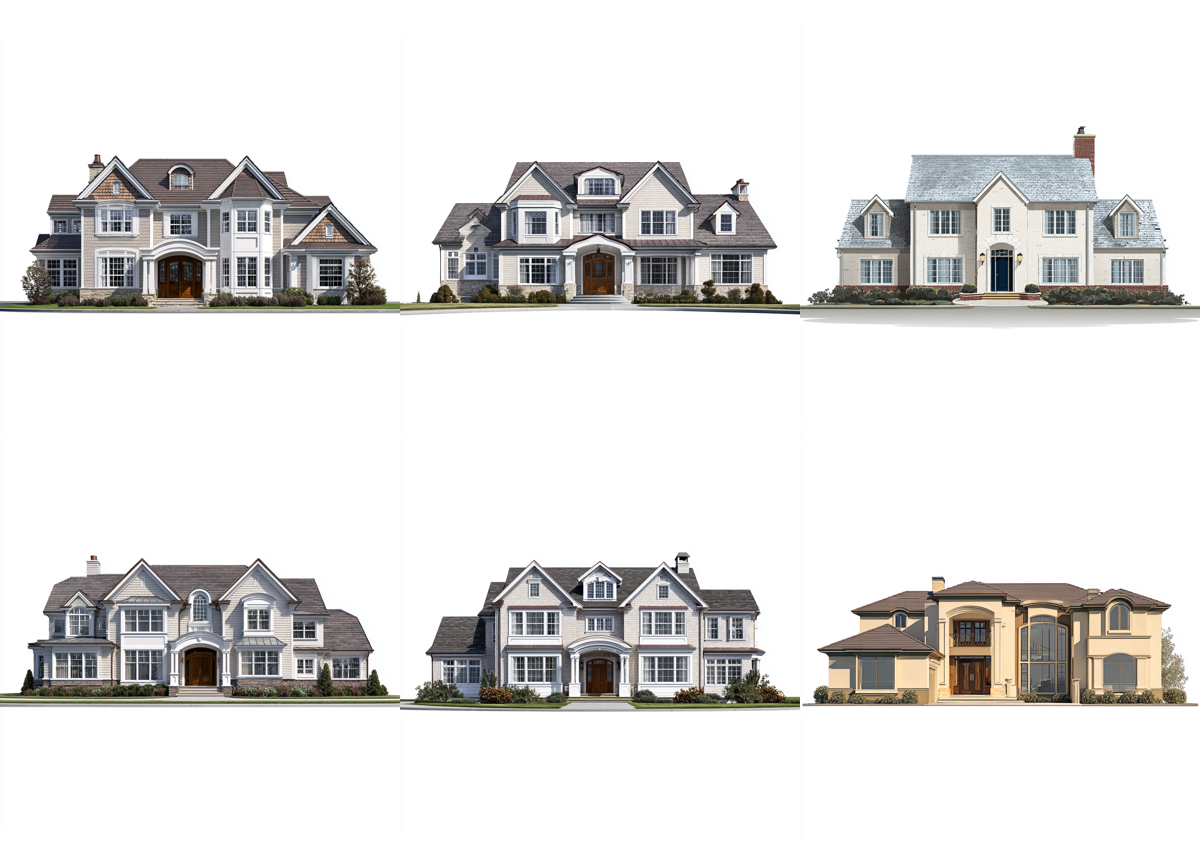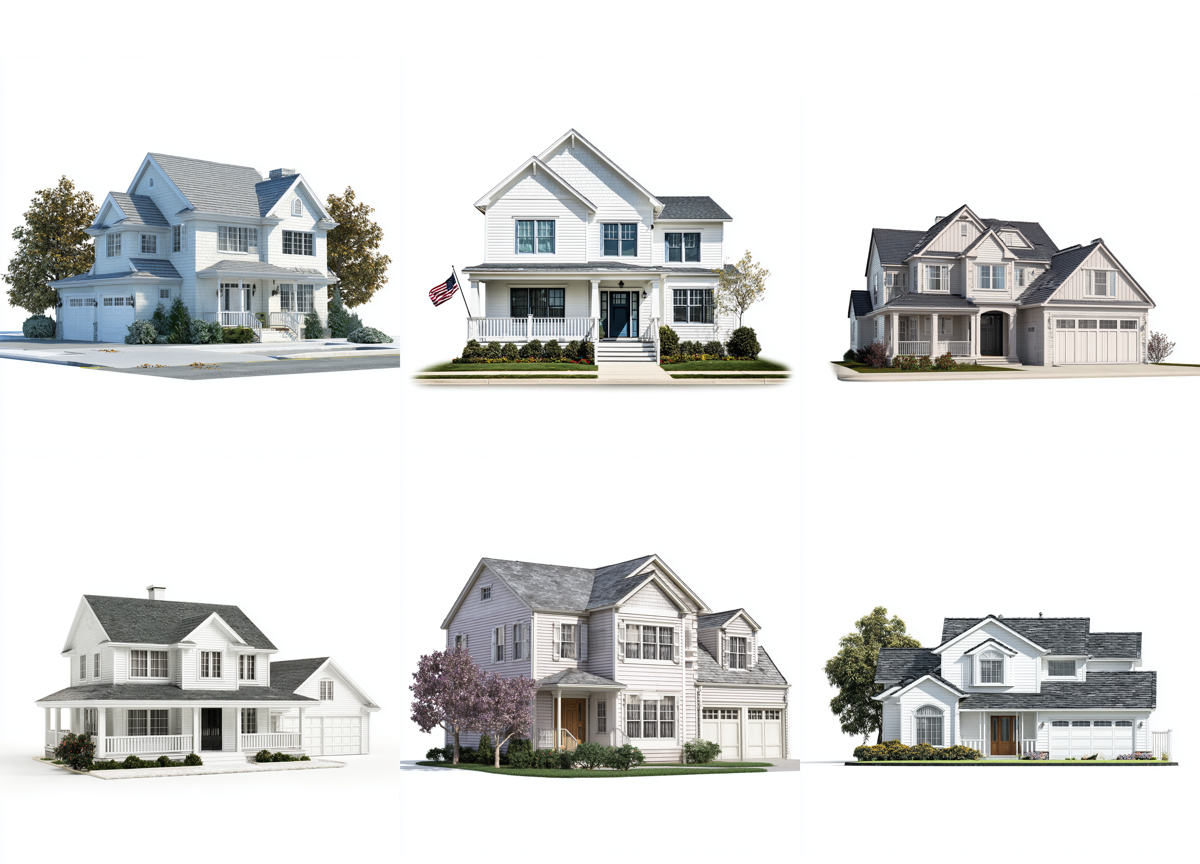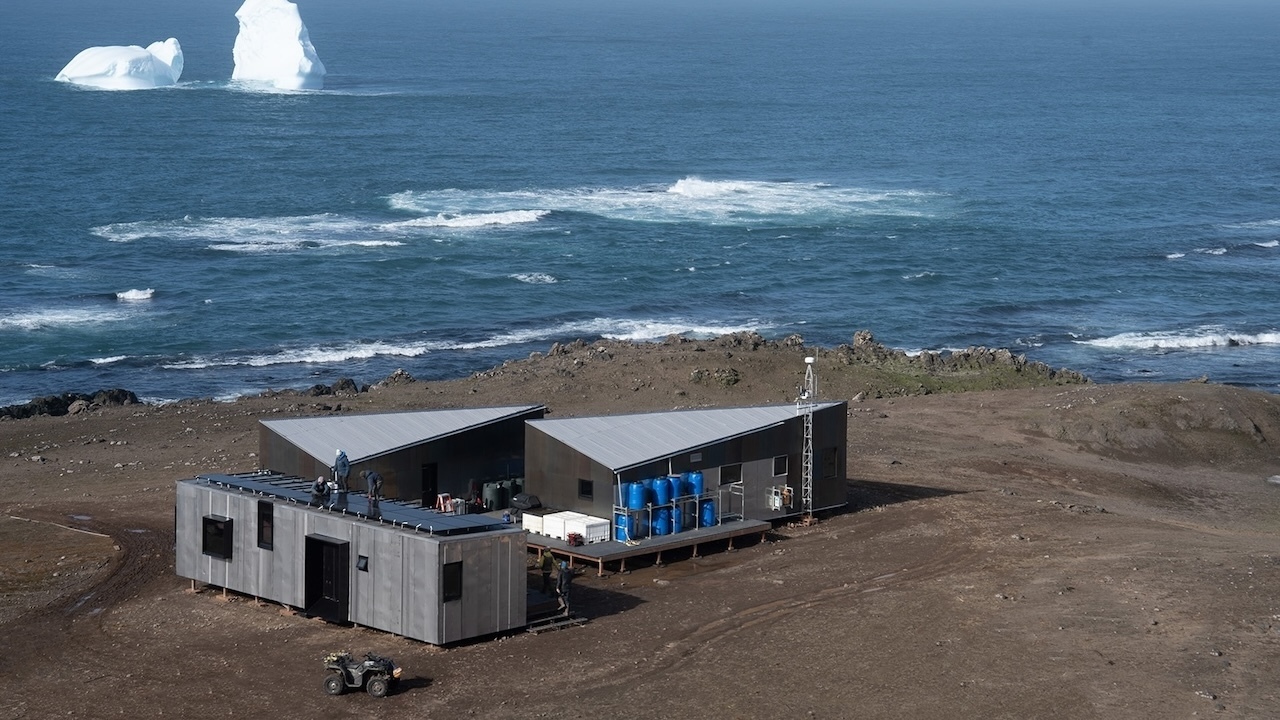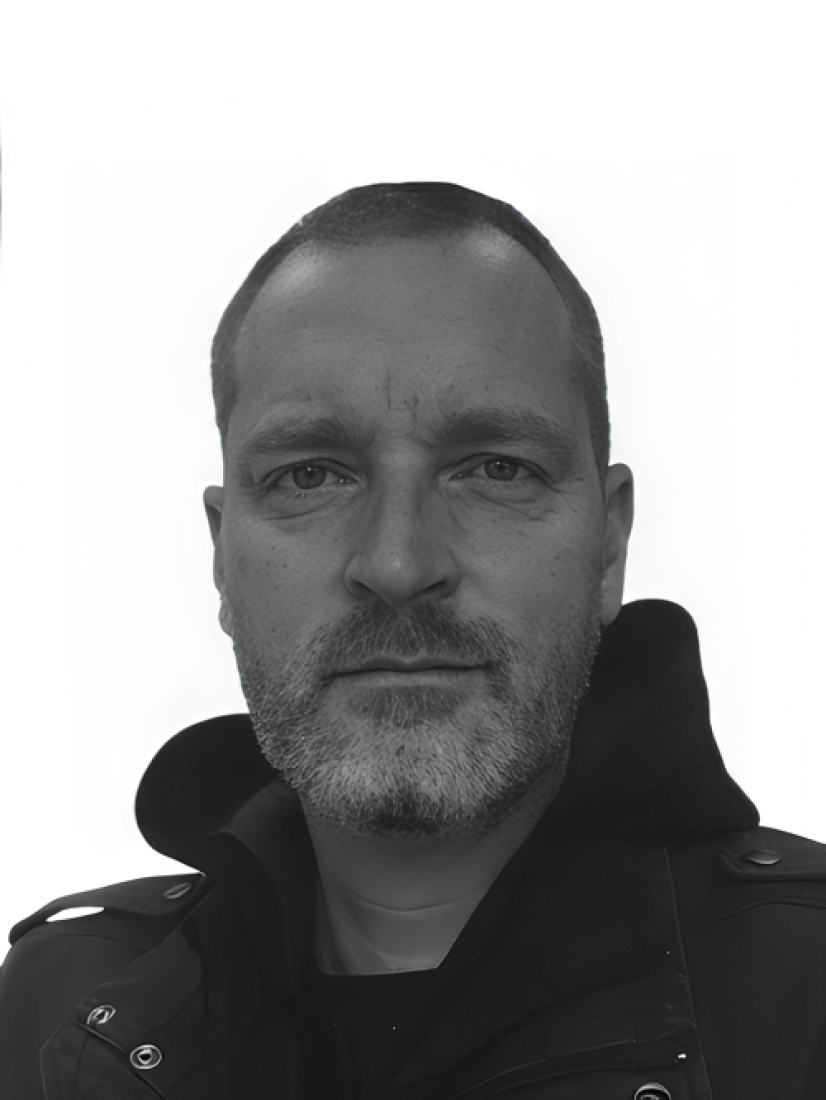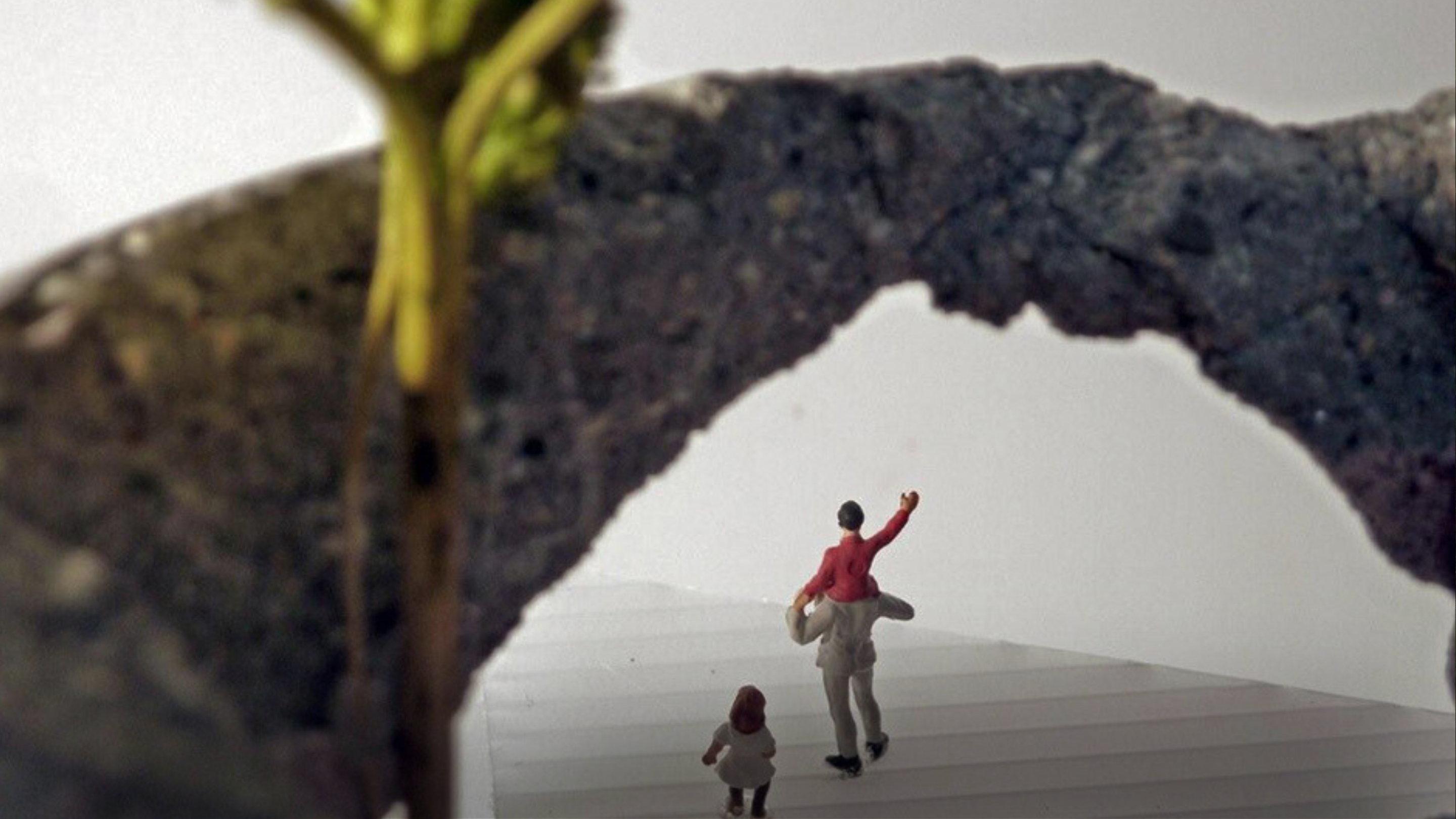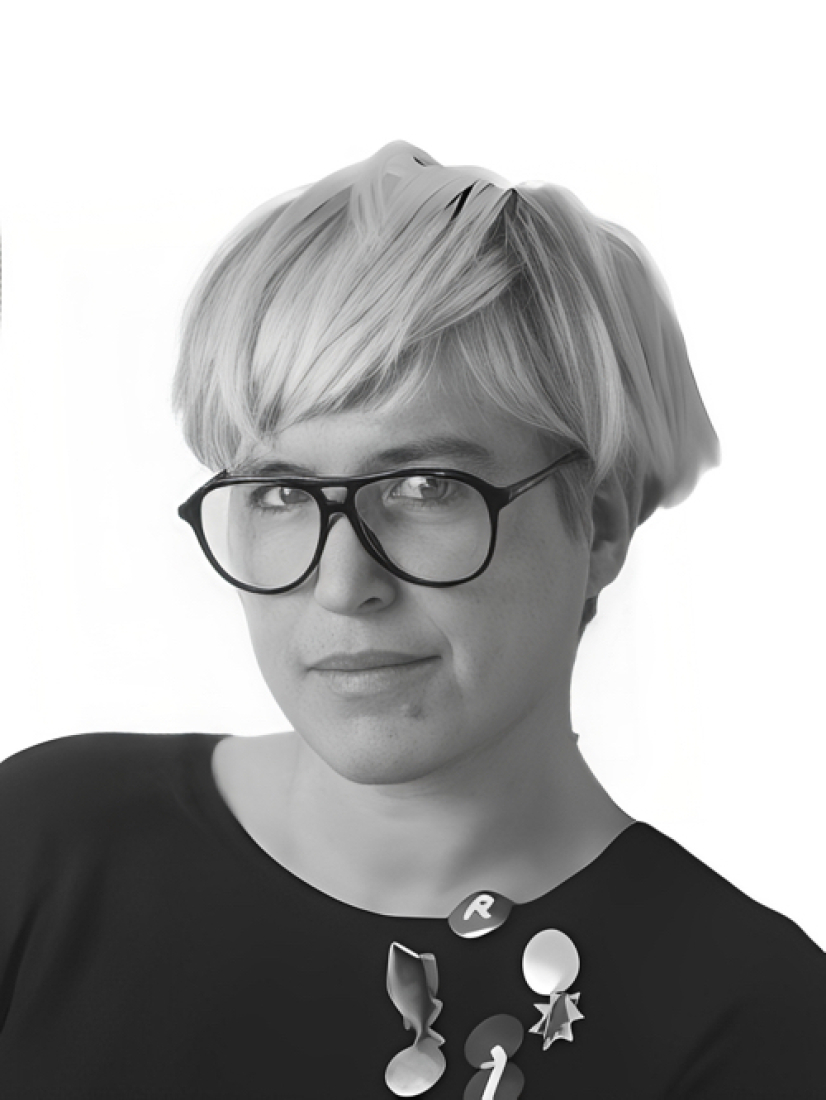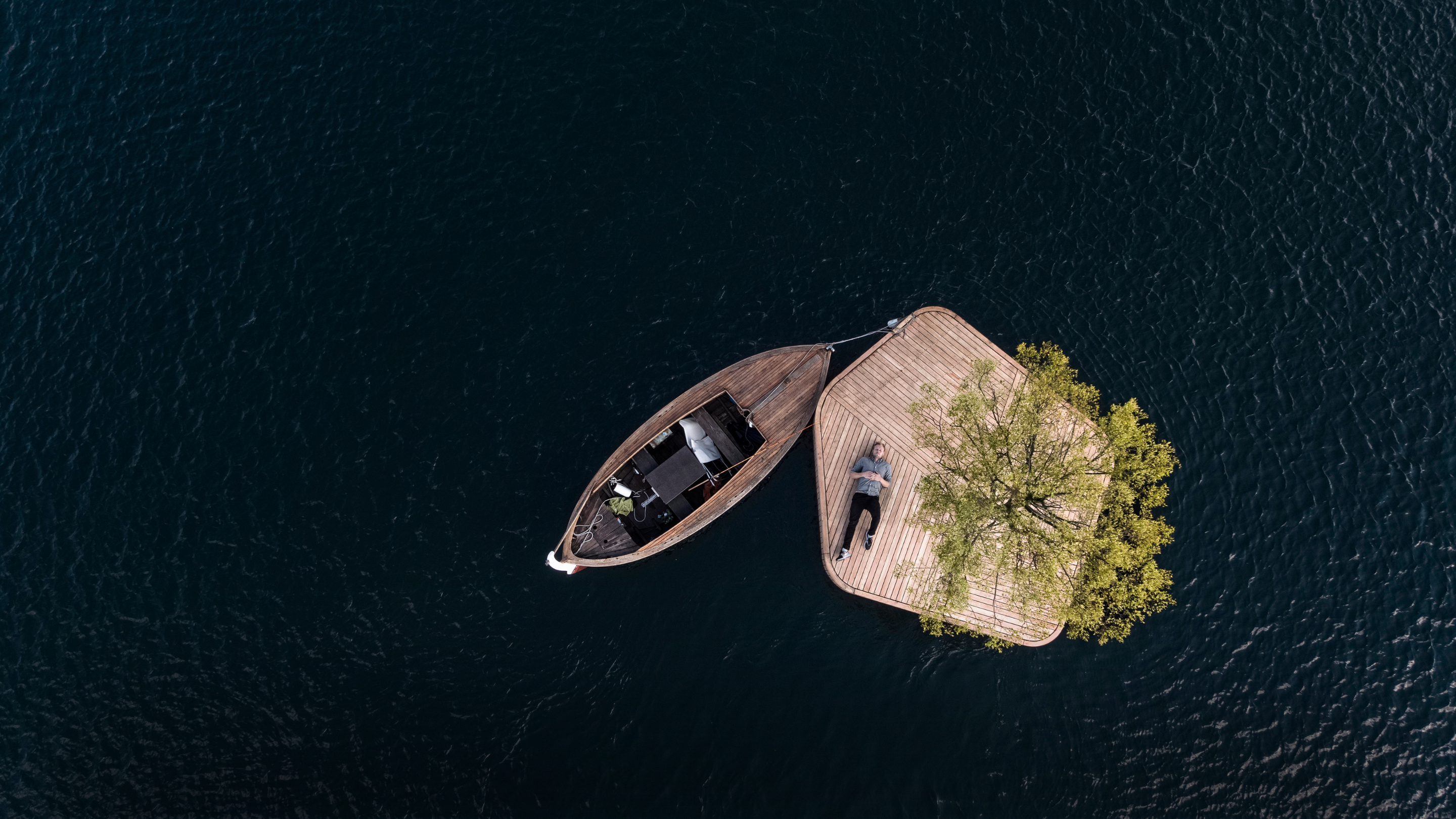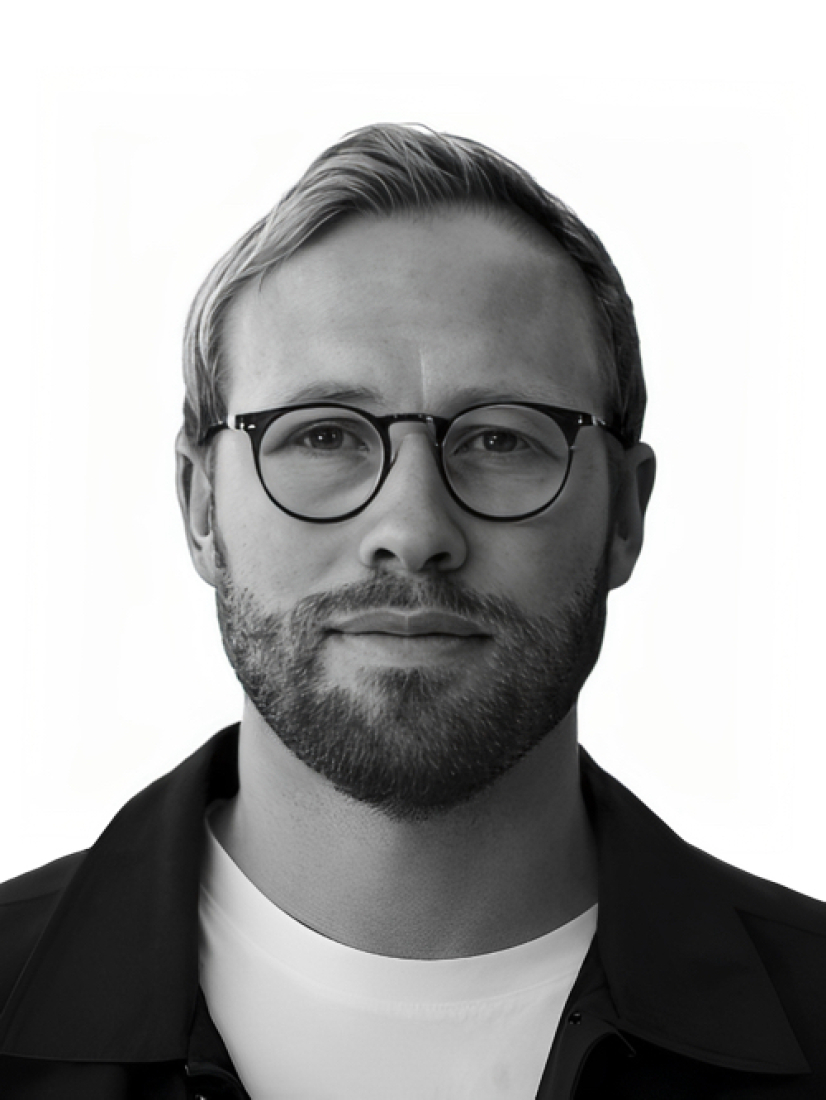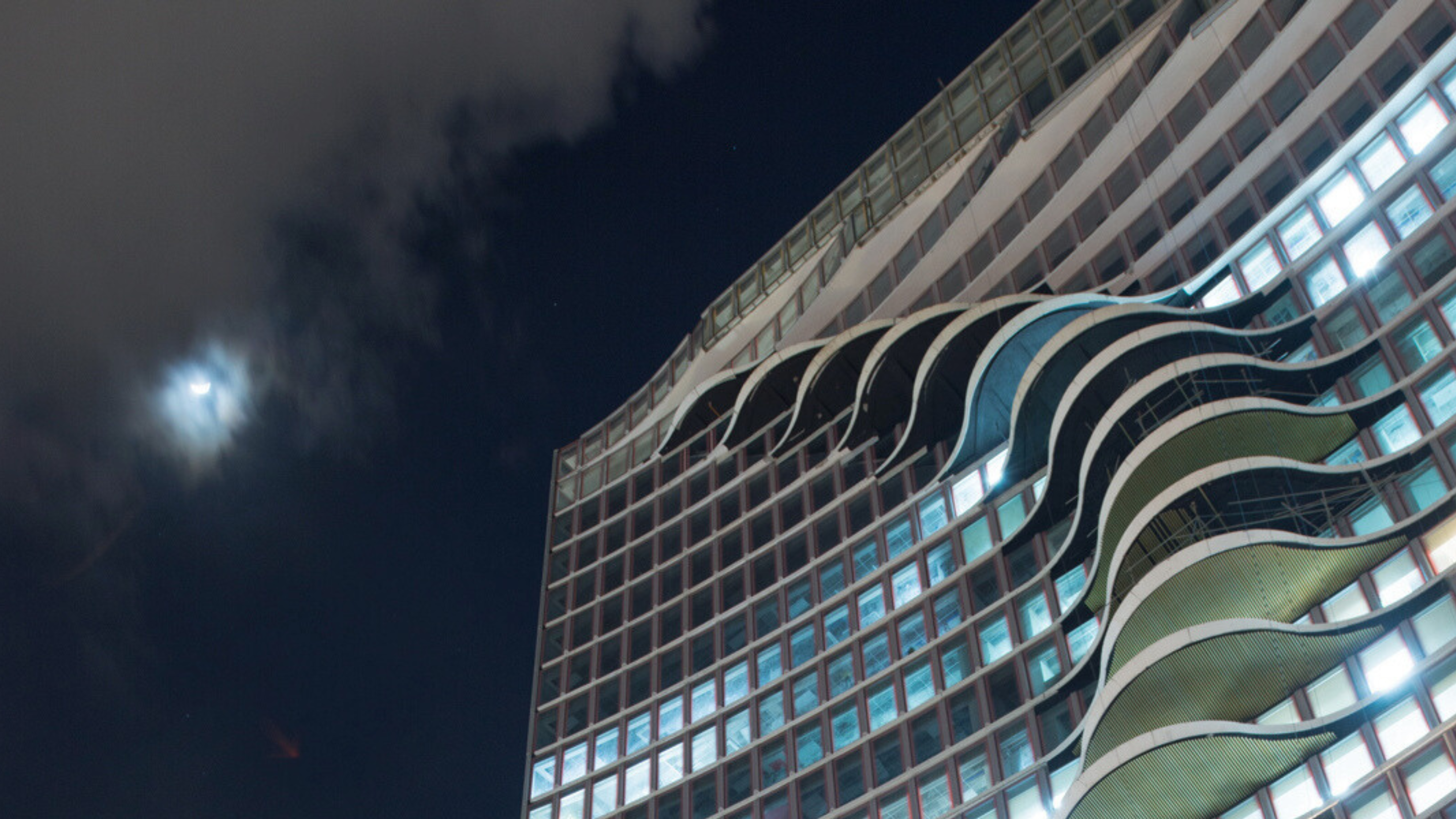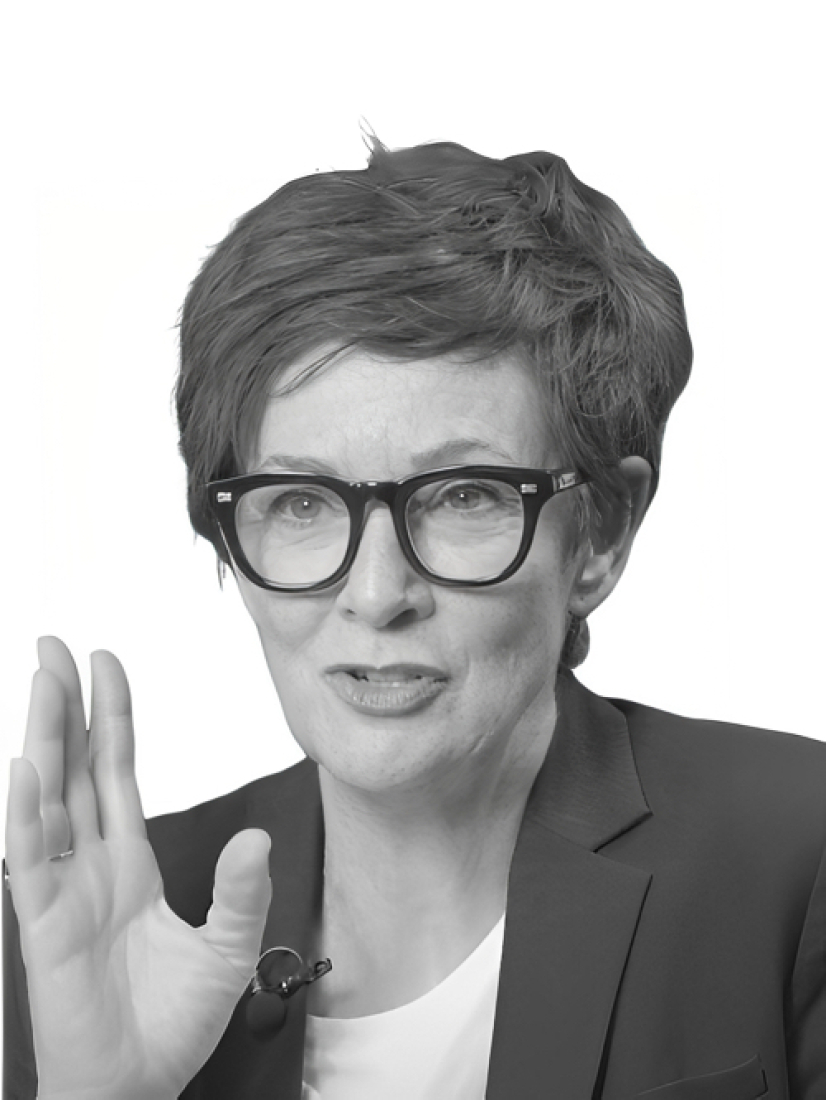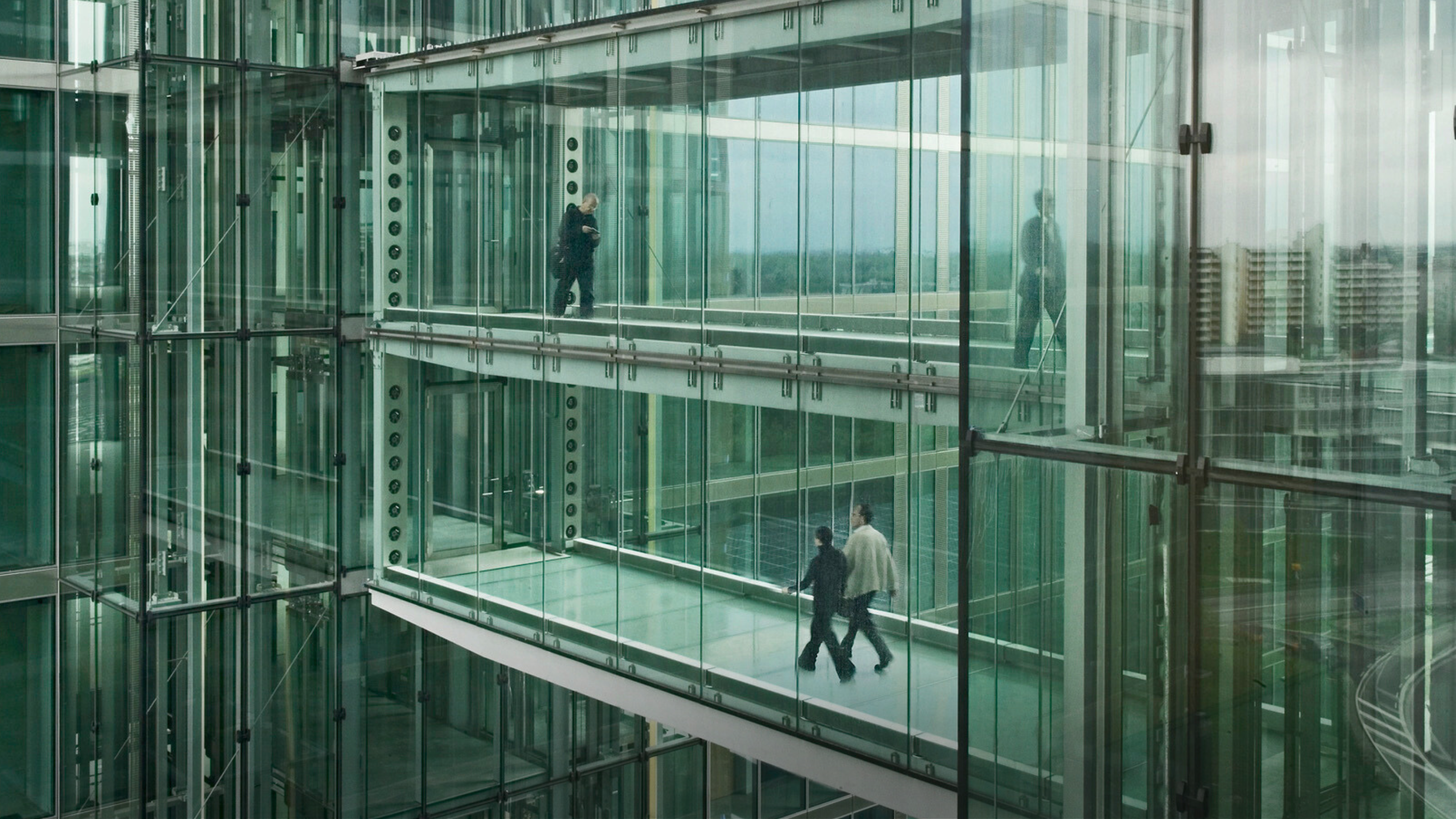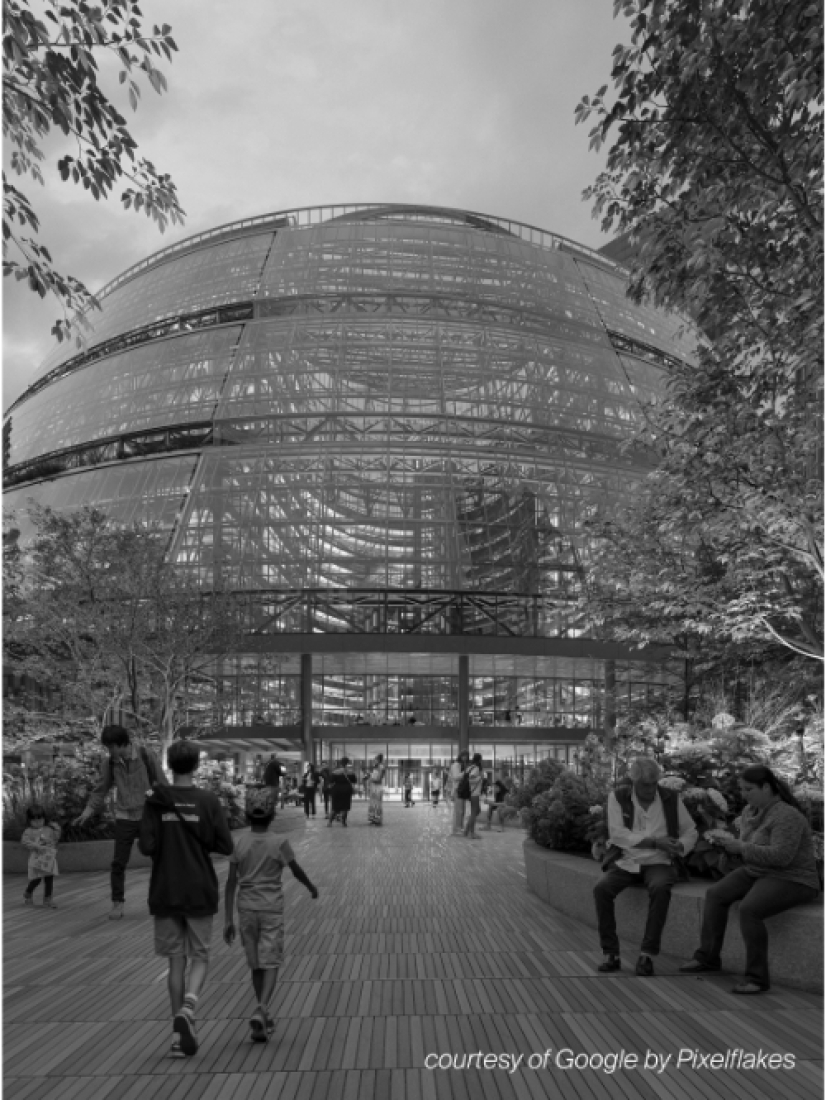5 key facts about this project
The design creates a meditative space right in the heart of Tokyo. It focuses on reducing the pressures of urban life while encouraging a connection to nature. The aim is to provide an environment where personal reflection and relaxation can occur naturally. This project serves as a refuge, inviting users to immerse themselves in a peaceful setting that promotes well-being.
Facade Design and Materiality
The primary features include both outer and inner facade modules made from White Wood Plastic Composites (WPC). This material choice is significant; it offers strength and a visual consistency that fits well within the urban surroundings. The outer facade stick module connects the exterior and interior, allowing for an easy transition while preserving privacy and welcoming natural light.
Waterway Integration
An important aspect of the design is the bottom mass module, which guides rainwater through a defined waterway. This feature not only adds a visual element but also creates soothing sounds as rainwater flows over the polycarbonate film. The gentle sound of water reinforces the relationship between the structure and the natural environment, making the space more serene.
Natural Light and Spatial Experience
Natural light significantly shapes the experience inside the cabin. The polycarbonate film has properties that enhance daylight, ensuring that the interior is bright and inviting. This design choice reduces the need for artificial lighting, aligning with sustainable practices. The spaciousness and light draw occupants into a calm atmosphere, highlighting the benefits of connecting with nature.
Modularity and Sustainability
A modular approach characterizes the design, making both installation and transportation efficient. The foldable top hemisphere module supports quick setup and breakdown, proving practical for various contexts. In addition, the use of recycled materials reflects a commitment to sustainability, aiming to lower waste and lessen the overall environmental impact.
The design culminates in a seating module that allows occupants to choose how they interact with the space. This flexibility encourages personal engagement and comfort within the cabin. Interactions among sound, light, and water craft an environment that promotes tranquility and introspection, encapsulating the essence of the overall concept.


